What Does Sage Taste Like? Unfolding This Herb’s Unique Flavor
Sage, an aromatic herb with a rich culinary history, has intrigued cooks and food enthusiasts for centuries.
Its distinctive flavor profile sparks curiosity among many who encounter this versatile plant in various dishes.
Home chefs and professional cooks alike wonder about the nuanced characteristics that make sage a unique ingredient in global cuisine.
Mediterranean and North American kitchens have long embraced this herb for its remarkable depth and complexity.
Some people find sage's sensory experience both mysterious and compelling, leading them to seek more information about its true taste essence.
Culinary adventurers often want to understand how this herb can transform ordinary recipes into extraordinary culinary experiences.
If you're eager to unravel the sensory secrets of sage, this article promises to illuminate its fascinating flavor journey.
What Is Sage?
Sage grows as a green bush that stays leafy all year and comes from the mint plant group.
Its leaves look oval and have a dusty gray-green color with woody branches.
Sage leaves feel fuzzy and have soft hair-like covering that makes them uncomfortable to munch on directly.
People know several sage types, but cooks typically use common sage, garden sage, kitchen sage, or Salvia officinalis.
Sage brings powerful herbal notes to food.
Meat lovers enjoy sage with pork, duck, and beef dishes.
Chefs blend sage into many savory recipes because its herb taste works well with different foods.
Sage matches countless cooking styles and helps make dishes more interesting.
Cooks add sage to chicken, roasted veggies, and salad sauces.
Small amounts of sage can boost flavor and make meals more delicious.
How Sage Tastes
You can sum up sage's flavor as savory.
Sage has a hint of pine, but it doesn't taste like juniper.
Holiday menus often showcase sage in turkey stuffings and roasted vegetables.
Chefs frequently mix sage with rosemary, marjoram, and thyme.
Sage brings a savory taste with a light pine hint.
Its flavor includes subtle citrus notes and a mild bitterness.
Sage won't overwhelm your dish with harshness.
Sage works well in recipes.
Sometimes it leads the flavor, and other times it blends quietly with other herbs and spices.
Sage Varieties and Their Unique Flavors
Sage comes in many types, and each has its own special taste.
No matter which variety you choose, fresh sage adds a cozy, comforting flavor that stands out in every dish.
What Is in Sage Leaves?
Sage contains special compounds like camphor, carnosic acid, carnosol, and phenolic acids that might help keep you healthy.
Camphor makes sage smell strong and powerful.
People use this oily substance in creams and ointments.
When you rub it on your skin, it makes you feel warm or cool depending on how hard you press.
Carnosic acid and carnosol work well against swelling and harmful molecules.
Scientists found these compounds can switch on a special body molecule called PPAR-gamma.
This helps control blood sugar, handle body fats, and reduce inflammation.
Phenolic acids are plant chemicals that fight against harmful damage to cells.
They protect your body from dangerous molecules that can cause problems.
Fresh Sage vs. Dried Sage
Sage plays a key role in many European and American cooking styles.
People can find it fresh or dried, with each type having unique benefits.
Fresh sage leaves pack more flavor, while dried sage offers more flexibility.
Cooks often use sage-based dressing in savory dishes.
Sage keeps its strong taste even after drying.
Its flavor changes slightly when dried, becoming more concentrated with a hint of bitterness.
Dried herbs work well as substitutes for fresh herbs during cooking.
Sage comes in two dried formats: rubbed and powdered.
Rubbed sage happens when leaves get crushed into coarse flakes.
Powdered sage feels very fine and loses flavor quickly, so people should use it fast.
Cooks can swap different sage versions in recipes, but they need to adjust measurements carefully.
Kitchen experts suggest seven fresh sage leaves equal 2 teaspoons rubbed sage or 1 teaspoon powdered sage.
Can Sage Help Lower Cholesterol?
Sage might work wonders for cholesterol levels through its special molecule called PPAR gamma. Medical research in Phytotherapeutic Research shows some promising results about sage's impact on health.
Scientists studied people taking 400 to 1500 milligrams of sage daily in different forms like powder, tea, or supplements. After three months, participants experienced notable changes in their blood fat measurements:
Researchers noted that while sage might activate PPAR gamma molecules which can reduce inflammation and boost metabolism, its connection to blood sugar control remains unclear.
More investigation is needed to fully understand sage's complete health benefits.
How to Use Sage in Cooking
Sage is a spice common in Mediterranean cooking.
Its flavor reminds people of pine.
Cooks can use sage in fresh leaves or dried powder form.
Fresh sage packs more punch, but it might overpower food.
Sugar helps balance sage's strong taste, so sprinkle a little bit carefully.
Sage tea carries a bitter flavor that milk cannot soften.
Herbal and sharp, this tea works best without dairy.
People should consume sage sparingly and carefully in recipes.
Those interested can purchase a fresh sage plant to explore its unique taste.
Many people know sage without realizing it.
Memories of turkey stuffing likely include this herb's distinctive flavor.
Sage brings a strong pine-like taste that can make dishes bitter.
Small amounts of sugar help reduce this sharpness.
Cooks appreciate sage's flexibility in different meal preparations.
British and Italian dishes frequently feature sage's pungent flavor.
Long grey-green leaves with fuzzy surfaces hold a musky scent.
Sage works wonderfully with chicken, pork, and fish.
People seeking something different in their cooking will enjoy sage's special touch.
Sage brings a new layer of flavor to many meals.
Possible Side Effects of Sage
Sage can be safe for both adults and children when used in cooking. Medical experts generally agree that:
High amounts of thujone might cause seizures and damage to liver and nervous systems.
Sage essential oil works well in aromatherapy. Like other essential oils, sage oil can be toxic and should never be swallowed.
Users must dilute the oil before applying it, or skin rashes might develop.
Excessive sage use can reduce the effectiveness of certain drugs like:
People taking diabetes medications should be careful because sage could cause dangerous blood sugar drops.
Stick to recommended sage capsule or extract doses. People with kidney problems need extra caution when using sage medications.
Always discuss your medications with medical professionals, including herbal treatments like sage, to understand potential risks.

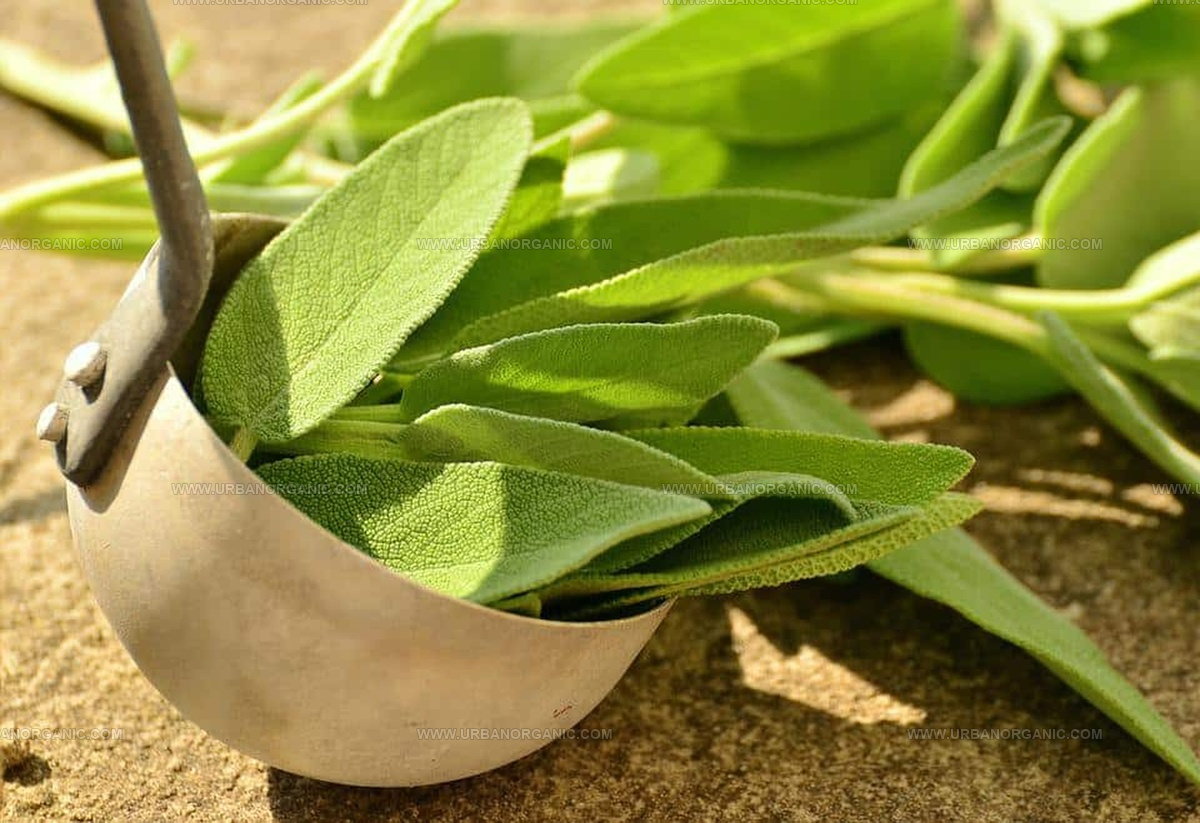
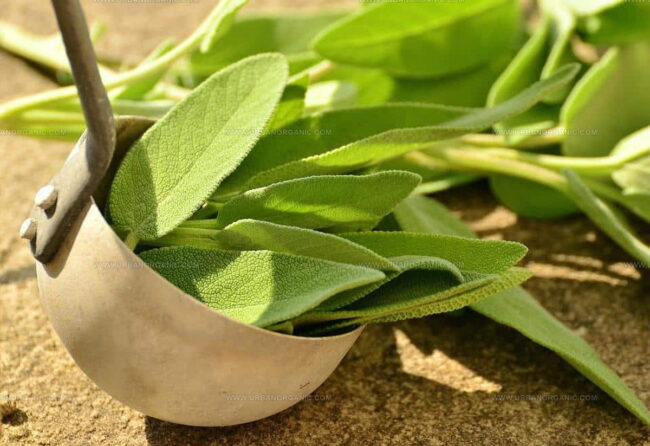
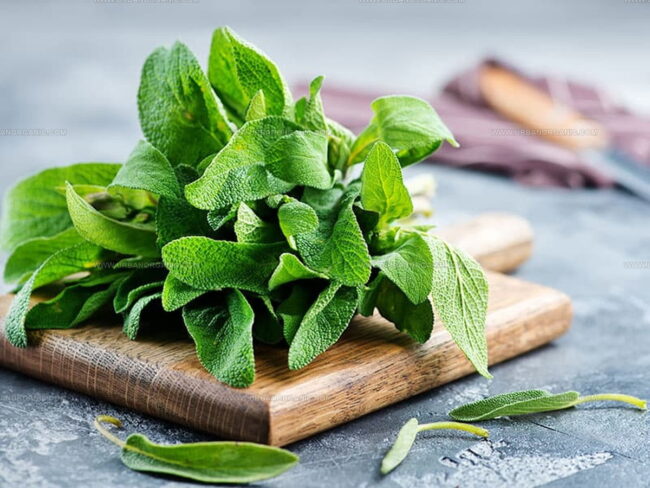
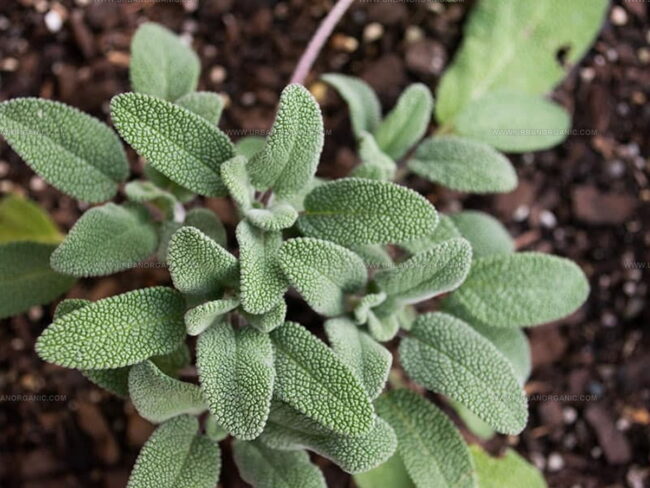
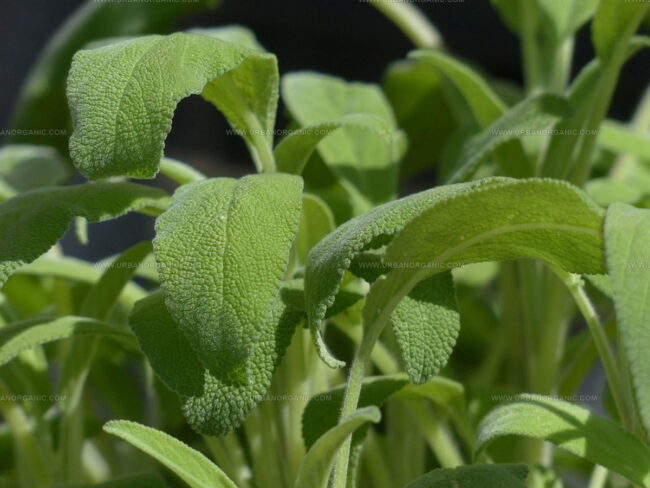
Michael Thompson
Founder & Culinary Director
Expertise
Classical & Contemporary Cooking Techniques, Global Cuisine Appreciation, Nutrition & Menu Engineering, Sustainable Cooking Practices, Farm-to-Table Cuisine
Education
Southwestern Oregon Community College
Michael grew up in Oregon, where he learned early that food tastes better when it’s fresh, local, and made with care.
After earning his degree from the Southwestern Oregon Community College, he focused his career on teaching others how to cook with the seasons, reduce food waste, and reconnect with what’s on their plate.
Michael keeps his cooking simple, sustainable, and full of flavor. His favorite part of the process? Watching people realize how easy and satisfying it can be to cook a single great meal from scratch.